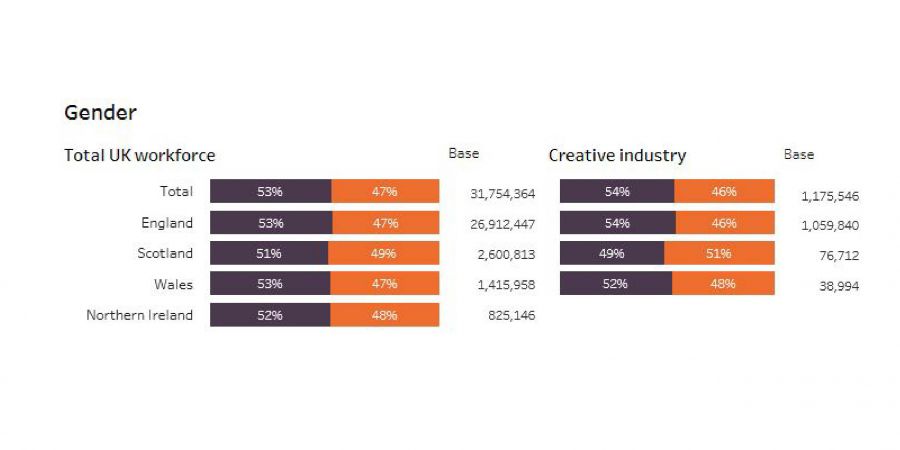New labour market research on arts, culture, craft and design sectors

For the first time since 2012, we have released new workforce analysis to compare the characteristics of the arts and cultural workforce with the total UK workforce at national, country and regional levels.
Creative & Cultural Skills is launching its new workforce analysis at the Birmingham Repertory Theatre. This data, supported by CFE Research, compares the characteristics of the arts and cultural workforce with the total UK workforce at national, country and regional levels, for the first time since 2012.
Whilst there is already workforce data available for the creative industries, this rarely focuses solely on the cultural industries of craft, performing arts, music, literature, cultural heritage, visual arts and design. The workforce data includes information on both creative and non-creative occupations across this footprint.
The analysis examines the economic contribution of the footprint by GVA, as well as business size-band, total workers by sub sector, age, disability, ethnicity, proportion of part time workers, gender, self-employment, highest qualification and average hourly wage.
We hope this data will help us better understand how the cultural sector fares and help it set realistic benchmarks for improving diversity and supporting growth at a regional or country level.
Creative & Cultural Skills’ launch event will be led by Dr S T Dancey, CEO, and supported by Mags Patten from Arts Council England and Alex Porter-Smith from Scottish based company High Tide Media. A specially commissioned piece by poet Luke Wright will be performed at the event.
The workforce analysis complements the Skills Report that Creative & Cultural Skills published in 2018 about the current and future skills gaps and shortages across the cultural industries.
To access this information, please visit our Workforce Analysis data











Responses